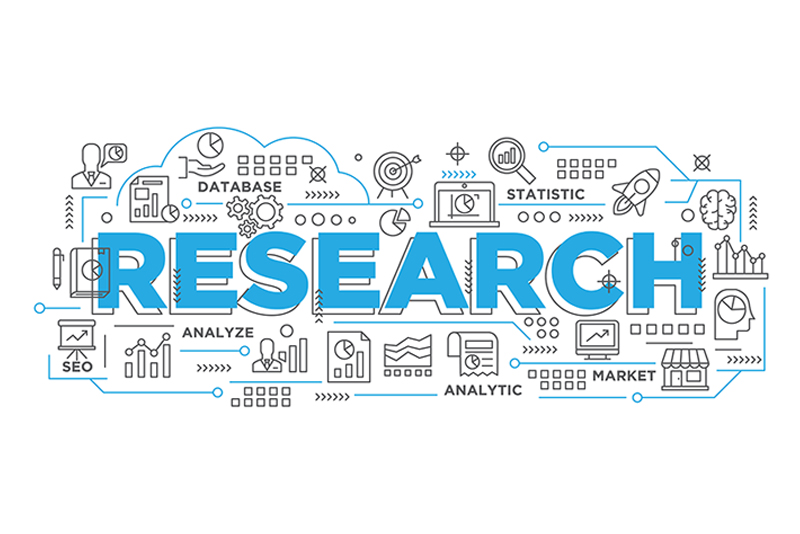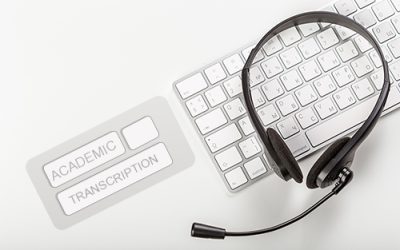Field research is a qualitative research method that involves direct observation, interviews, focus groups, or other data collection techniques conducted outside of a controlled laboratory or academic setting. Researchers often engage in field research to gather firsthand information about a specific topic, group, or phenomenon in its natural context. Field research transcription is the process of converting spoken or recorded data collected during field research activities into text format.
Research transcription services serve several crucial purposes such as –
- Data preservation: It preserves the spoken or audio-recorded data, ensuring that the information collected during field research is retained in a durable and organized format for future analysis and reference.
- Analysis: Transcribed data is easier to manage and analyze. Researchers can code, categorize, and analyze the text-based transcripts to identify patterns, themes, and insights relevant to their research questions.
- Data sharing: Transcripts can be shared with other researchers, stakeholders, or participants as part of the research dissemination process. This facilitates transparency and allows others to validate or build upon the findings.
- Cross-referencing: Transcripts often include timestamps and speaker identifications, enabling researchers to cross-reference specific statements or events in the audio recording with the corresponding transcript text.
Tips to Ensure Accurate Field Research Transcription
To ensure accurate and efficient transcription, here are seven helpful tips for success:
- Quality recording equipment: Invest in high-quality recording equipment to capture clear and audible audio. A good microphone and digital recorder can make a significant difference in transcription accuracy.
- Prepare transcription guidelines: Create clear and comprehensive transcription guidelines for yourself or your transcription team. Include instructions for formatting, timestamps, speaker identification, and any specific terms or jargon used in the field.
- Transcription software: Use specialized transcription software or platforms that offer features like variable playback speed, shortcuts for pausing and rewinding, and customizable hotkeys. These tools can significantly expedite the transcription process.
- Speaker identification: Clearly identify each speaker in the audio recording. Use labels such as “Interviewer,” “Participant 1,” “Participant 2,” etc. This makes it easier to attribute dialogue accurately.
- Timestamps: Insert timestamps at regular intervals or whenever there is a change in speaker or topic. Timestamps help locate specific sections of the audio quickly during the editing and review process.
- Proofreading and editing: After transcribing, thoroughly review and edit the text for accuracy, grammar, and clarity. This step is essential to ensure the final transcript reflects the content accurately.
- Data security: Maintain strict data security and confidentiality protocols. Ensure that sensitive information shared during field research is appropriately protected during transcription and data storage.
Remember that field research transcription can be time-consuming, so plan your schedule accordingly. Depending on the complexity of the research and the length of the recordings, transcription can take several hours or even days. Staying organized, following guidelines, and using the right tools can help streamline the process and produce accurate transcripts for analysis.
Field Research Transcription Process Steps
The field research transcription process typically involves the following steps:
- Recording: During field research, researchers record interviews, conversations, observations, or any other relevant audio data using recording devices or apps.
- Transcription: After data collection, researchers or professional transcriptionists listen to the audio recordings and transcribe them into text. This involves accurately representing spoken words, dialogues, non-verbal cues, and other relevant information.
- Editing and formatting: The transcribed text is reviewed, edited for accuracy, and formatted according to research standards or guidelines. This may include adding timestamps, speaker identification, and ensuring consistent formatting throughout the document.
- Data analysis: Researchers use the transcripts as the basis for data analysis. They may use qualitative analysis software or manual coding techniques to identify themes, patterns, and insights within the transcribed data.
- Reporting: Findings from the analysis are reported in research papers, presentations, or reports, often supported by direct quotes or references to specific segments of the transcribed data.
Field research transcription can be a time-consuming and labor-intensive process, especially for lengthy interviews or recordings. Accurate transcripts provided by experienced research transcription agencies ensures that the data collected during field research is accessible, understandable, and ready for in-depth analysis, leading to meaningful research outcomes.
Quality transcription for quality research!




